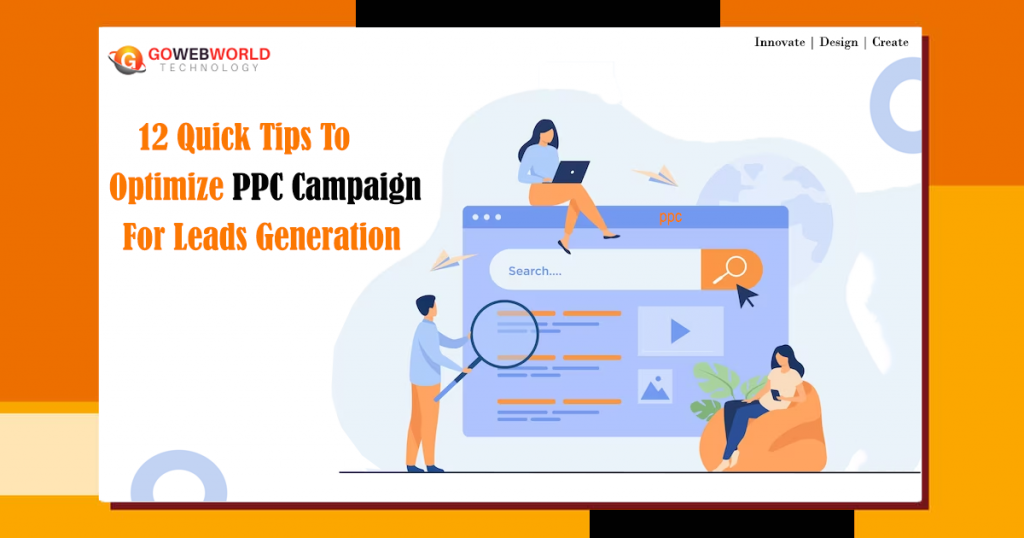In today’s competitive online landscape, having a well-optimized website is crucial for improving visibility, attracting organic traffic, and ultimately achieving business goals. Search Engine Optimization (SEO) plays a pivotal role in ensuring that your website ranks high in search engine results pages (SERPs) and remains visible to potential customers. By implementing effective SEO strategies, you can enhance your website’s performance and drive sustainable growth. This comprehensive guide explores essential SEO strategies for optimizing your website.
Understanding SEO Strategies
SEO strategies encompass a range of techniques and practices aimed at improving a website’s ranking in search engine results. These strategies focus on optimizing various elements of a website, including content, keywords, metadata, site structure, and user experience. By aligning your website with search engine algorithms and user intent, you can increase its visibility and attract relevant traffic.
Targeting Keywords
Keywords are the foundation of SEO and play a critical role in determining your website’s relevance to search queries. Effective keyword research involves identifying relevant terms and phrases that your target audience is likely to use when searching for products, services, or information related to your business. By strategically incorporating these keywords into your website’s content, titles, headings, and metadata, you can improve its visibility in search results.
On-Page Optimization
On-page optimization involves optimizing individual web pages to improve their relevance and visibility in search results. Key aspects of on-page optimization include:
Quality Content: Creating high-quality, informative, and engaging content that addresses the needs and interests of your target audience is essential for SEO success. Content should be well-written, relevant, and optimized for target keywords.
Title Tags and Meta Descriptions: Crafting compelling title tags and meta descriptions that accurately describe the content of your web pages can enhance click-through rates and improve search engine visibility.
Header Tags: Using header tags (H1, H2, H3, etc.) to structure your content not only improves readability but also helps search engines understand the hierarchical structure of your page and the relevance of its content.
Keyword Optimization: Strategically incorporating target keywords into your content, headings, image alt text, and metadata can improve your website’s relevance to search queries.
Optimized Images: Optimizing images by using descriptive filenames, alt text, and captions can improve accessibility and enhance your website’s SEO performance.
Off-Page Optimization
Off-page optimization focuses on improving your website’s authority, credibility, and relevance through external factors such as backlinks, social signals, and online reputation. Key off-page optimization strategies include:
Link Building: Acquiring high-quality backlinks from authoritative websites is essential for improving your website’s authority and search engine rankings. Focus on earning natural, relevant backlinks through content creation, outreach, and relationship building.
Social Media Marketing:
Leveraging social media platforms to promote your content, engage with your audience, and build brand awareness can indirectly impact your website’s SEO by driving traffic, generating social signals, and earning backlinks.
Online Reviews and Reputation Management:
Encouraging satisfied customers to leave positive reviews and managing online reputation can enhance your website’s credibility and trustworthiness, which can positively impact its search engine rankings.
Technical SEO
Technical SEO involves optimizing the technical aspects of your website to improve its crawlability, indexability, and overall performance. Key technical SEO strategies include:
Website Speed Optimization:
Improving page load times by optimizing images, minimizing code, enabling browser caching, and leveraging content delivery networks (CDNs) can enhance user experience and SEO performance.
Mobile-Friendly Design:
Ensuring that your website is mobile-friendly and responsive is essential for SEO, as Google prioritizes mobile-friendly websites in its search rankings.
Site Structure and Navigation:
Creating a clear and intuitive site structure with logical navigation helps search engines crawl and index your website more effectively, leading to improved visibility and rankings.
Schema Markup:
Implementing schema markup to provide search engines with additional context about your content can enhance its visibility and rich snippet appearance in search results.
Measuring and Monitoring Performance
Monitoring and analyzing your website’s performance using tools like Google Analytics and Google Search Console is essential for evaluating the effectiveness of your SEO strategies. Key performance metrics to track include organic traffic, keyword rankings, backlink profile, bounce rate, and conversion rate. By regularly monitoring these metrics and making data-driven adjustments to your SEO strategy, you can continuously improve your website’s performance and achieve your business objectives.
Conclusion
Optimizing your website for search engines is an ongoing process that requires a combination of technical expertise, strategic planning, and continuous optimization. By implementing effective SEO strategies, including targeting relevant keywords, optimizing on-page and off-page elements, focusing on technical aspects, and monitoring performance, you can improve your website’s visibility, attract organic traffic, and drive sustainable growth. With SEO as a cornerstone of your digital marketing strategy, you can position your website for long-term success in the competitive online landscape.

